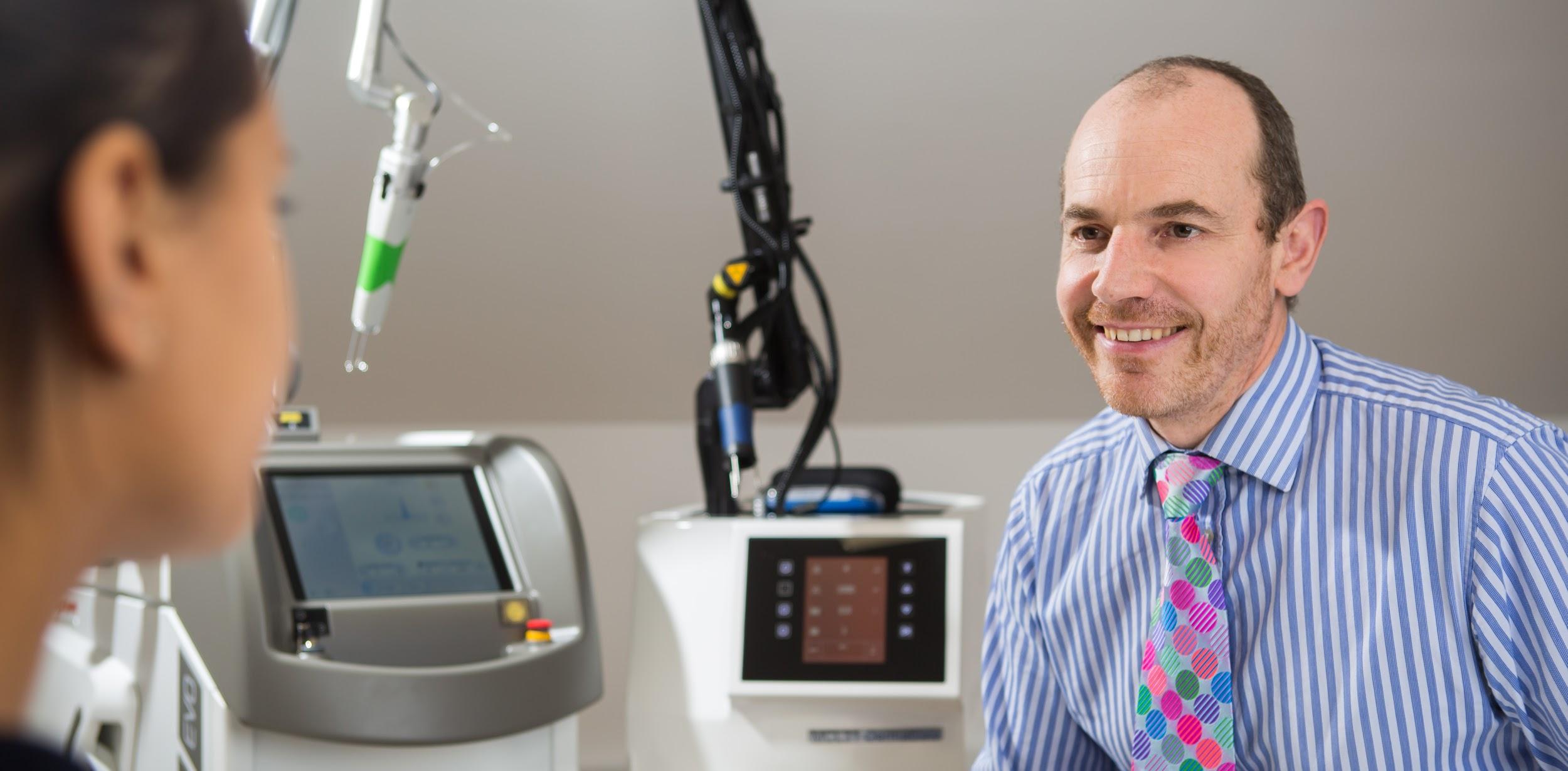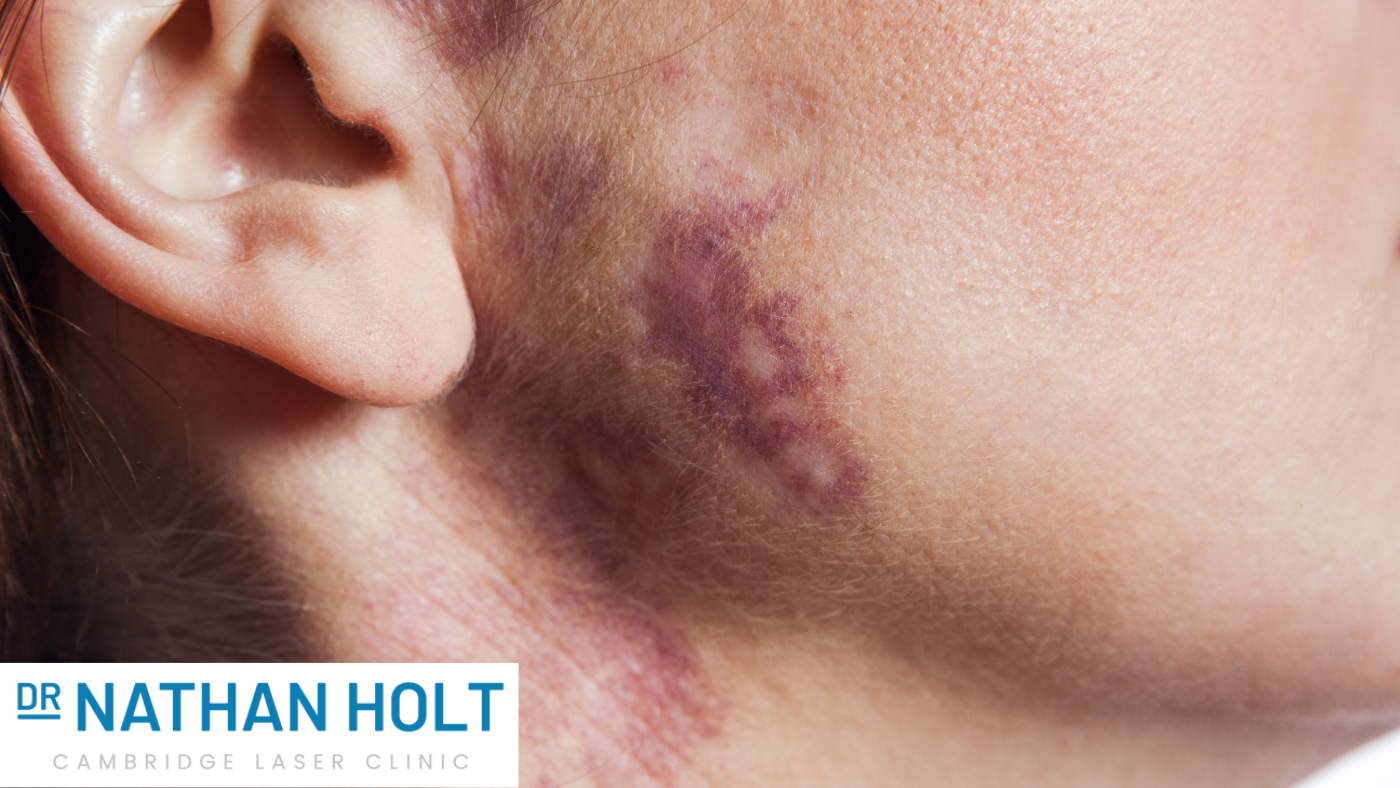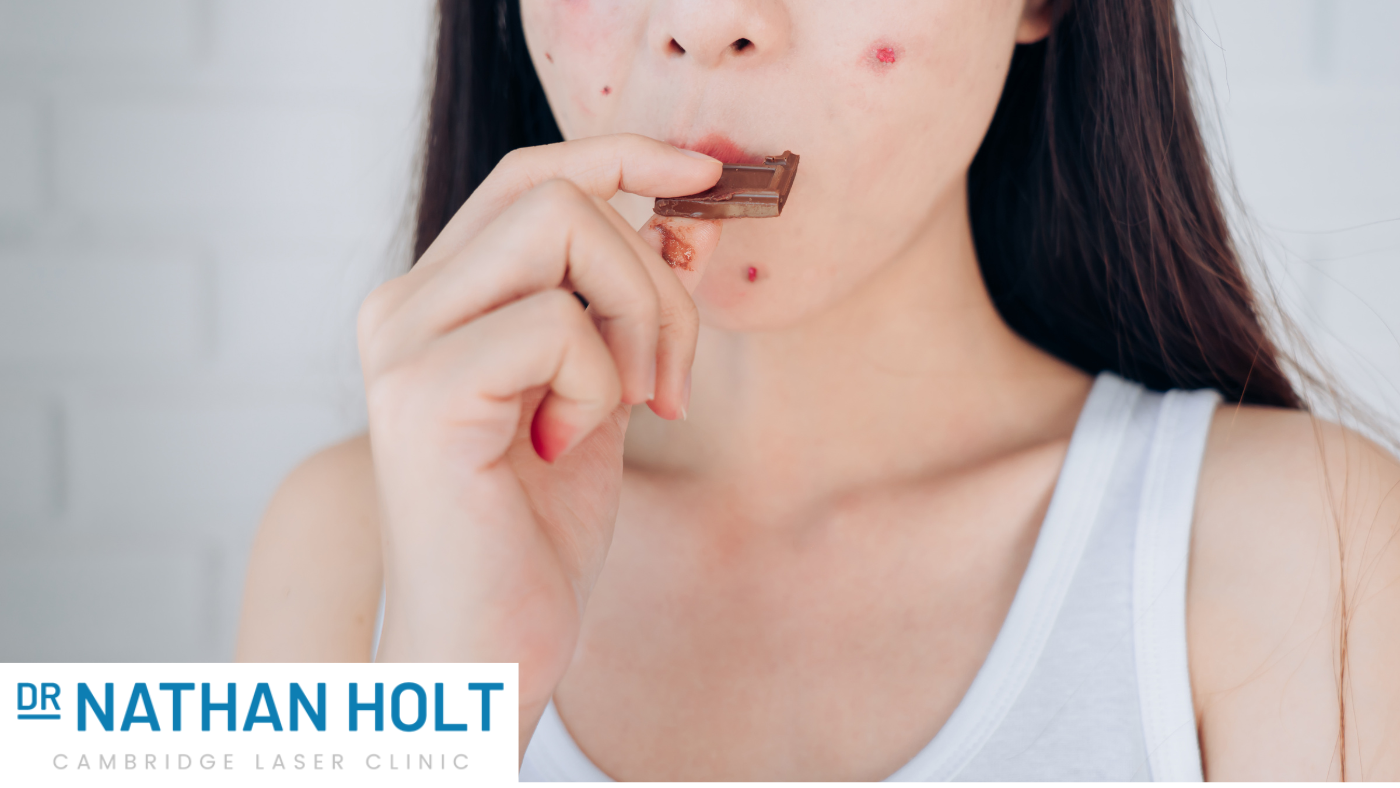Rosacea, a chronic skin condition characterised by facial redness, swelling, and visible blood vessels, can…

Sclerotherapy: A Treatment For Varicose and Spider Veins
Everyone has veins running throughout their body, and, more often than not, they are barely noticeable. However, prominent and overly visible veins are a problem for many people, especially in the legs. This happens when blood from the veins begins to pool due to weak or damaged valves. The veins then become more dilated than they should be, making them visible through the skin. Pregnancy, obesity, ageing, genetics, hormones and spending a lot of time standing up or sitting down are the main risk factors for developing prominent leg veins.
What are Varicose Veins and Spider Veins?
Varicose veins are those that are greater than 3mm in diameter, and they are usually dark blue or purple. They are often lumpy or twisted, and they can sometimes look as though they are bulging out of the skin. Varicose veins are not uncommon, but they can cause low self-esteem and discomfort. Pain, itching, bleeding, swelling and aches are all common symptoms. Varicose veins can increase the risk of someone suffering from blood clots and circulation problems. Therefore, many people want them treated, which is where sclerotherapy comes in.
Telangiectasia, also known as spider veins, are less than 1mm in diameter and resemble tree branches. They are usually pink, red, blue or purple. Around 10%-20% of the population have spider veins, mainly affecting the thighs and calves. Spider veins are not as large or deep as varicose veins, but many people still want them removed for cosmetic reasons. They are also not as lumpy or twisted as varicose veins.
The Causes of Varicose and Spider Veins
Several factors increase a person’s risk of developing varicose veins or spider veins, including genetics, sex and age. Women are more likely to experience prominent veins, and around four in ten women suffer from spider veins. Older women are also more likely to develop varicose and spider veins as veins weaken over time. Spending a lot of time sitting down or standing up increases the chances of varicose veins and spider veins. This is because the veins must work harder to pump blood towards the heart.
The increased blood flow during pregnancy also increases a person’s chances of developing them, as does being overweight. This is because the additional weight can add pressure to the veins, causing them to weaken sooner than they would have otherwise. Oestrogen can also lead to weakened vein valves, which increases the likelihood of spider veins forming. Therefore, those on birth control and hormone treatment for menopause are more likely to develop them.
Can Prominent Veins Be Prevented?
Once you have developed varicose or spider veins, sclerotherapy is one of the simplest ways to get rid of them. However, there are things you can do to stop them from developing in the first place.
- Maintaining a moderate weight for your body reduces the pressure on veins, keeping the blood flowing and preventing problems.
- Wearing compression socks can reduce the chances of spider veins or varicose veins occurring, especially if they run in the family.
- Avoiding sitting and standing for long periods is key, and you should take regular breaks if you do either. This encourages blood to flow freely and stops it from gathering in the legs.
- Regular exercise is an important part of maintaining a healthy lifestyle, but it can also improve circulation enough to prevent blood build-up in veins.
- Wearing clothes that are too tight can restrict blood flow, increasing the risk of spider veins, which is why it’s important to avoid clothing that’s too tight or too small.
Though these are all ways to prevent unwanted veins, some people are more likely to develop them at one point or another. When this happens, there are a handful of treatment options, one of which is sclerotherapy.
How Does Sclerotherapy Work?
Sclerotherapy is an effective treatment for varicose veins and spider veins, and it’s the treatment of choice for many people. It’s especially effective at treating small varicose veins, but it works well for more prominent veins and spider veins. It works by injecting a specialist solution into the vein, which causes the vein to scar. Once scarred, blood is forced away from the faulty vein and through a healthier vein. Eventually, the faulty vein is reabsorbed and fades.
Once a vein has been treated with sclerotherapy, it should fade within a few weeks. However, achieving the full results can take a month or two. Multiple sclerotherapy treatments might be needed if the veins are especially prominent or large. In most cases, three or four rounds of treatment are required, and these should be carried out three months apart. Sclerotherapy is effective, but maintenance treatments might be needed every few years.
Why is Sclerotherapy the Vein Treatment of Choice?
For a lot of people, sclerotherapy is chosen for cosmetic purposes. It’s an effective way of improving the appearance of varicose veins and spider veins. However, it’s not only the way the veins look that’s improved. Sclerotherapy can also treat a lot of the pain and discomfort associated with varicose and spider veins, including aching, swelling and cramps.
Sclerotherapy is a relatively pain-free treatment, and most patients only experience slight discomfort. It’s not uncommon to experience itching and tenderness in the days following sclerotherapy, but this doesn’t tend to last more than a few days.
When it comes to removing unwanted veins, sclerotherapy is one of the most effective treatment options out there. At Cambridge Laser Clinic, our experts can reduce the appearance of varicose veins and spider veins using this unique treatment. To learn more about removing leg veins and sclerotherapy, speak to a specialist.



